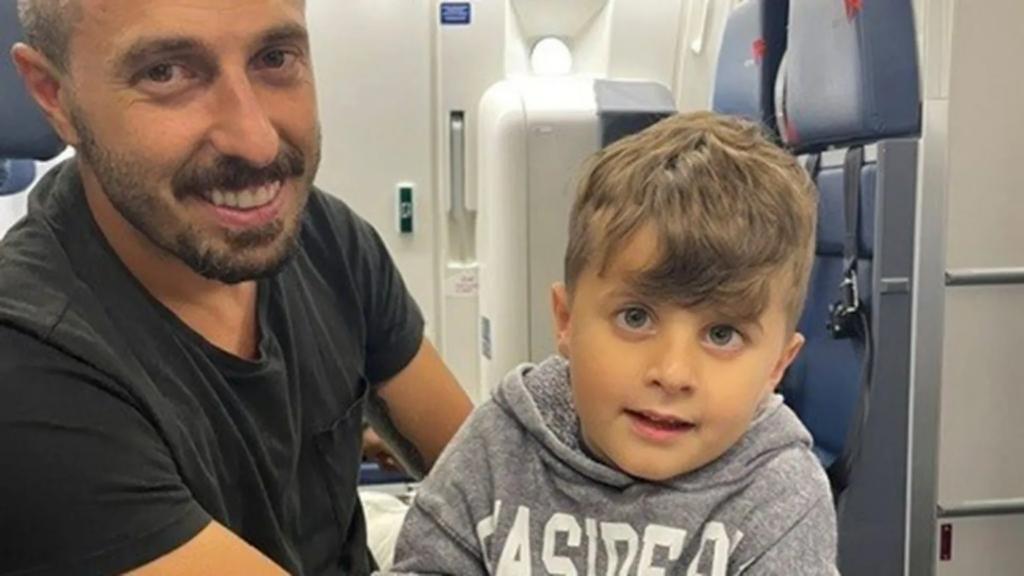
UK Doctors Restore Vision in Children Born Blind: A World-First Breakthrough in Gene Therapy
In a groundbreaking achievement, British doctors at London’s Great Ormond Street Hospital have successfully restored vision in four children born with a rare genetic condition that causes blindness. This pioneering gene therapy procedure has been hailed as a world-first breakthrough, offering new hope for the treatment of genetic vision disorders.
The condition, known as Leber congenital amaurosis (LCA), is a inherited disorder that affects the retina and causes severe visual impairment or blindness from birth. It is estimated to affect one in 30,000 to one in 50,000 children worldwide.
The team of doctors, led by Professor James Bainbridge, used a novel gene therapy approach to deliver healthy genes to the retinas of the four children. The procedure involved injecting a virus containing the healthy genes into the children’s eyes, which then produced a protein essential for vision.
The results of the treatment are nothing short of remarkable. All four children have shown significant improvements in their vision, with two of them even gaining enough sight to recognize their parents and family members. The children’s vision has improved to the point where they can now see shapes, colors, and even read simple words.
“This is an incredible achievement for the children and their families,” said Professor Bainbridge. “The prospect of restoring vision to children born with LCA is a game-changer for the treatment of genetic vision disorders. We are thrilled to have made this breakthrough and look forward to continuing to work with the children and their families to improve their vision further.”
The study, published in The Lancet, is a major milestone in the field of gene therapy and offers new hope for the treatment of genetic vision disorders. The results demonstrate the potential of gene therapy to treat a range of inherited conditions, not just LCA.
Gene therapy is a type of treatment that involves inserting a healthy copy of a gene into a patient’s cells to replace a faulty or missing gene. In the case of LCA, the faulty gene prevents the retina from functioning properly, leading to blindness. By delivering healthy genes to the retina, the gene therapy procedure aims to restore vision by allowing the retina to function normally.
The procedure is relatively straightforward. The doctor injects a virus containing the healthy genes into the child’s eye, which then travels to the retina. The virus releases the healthy genes, which are then taken up by the retina cells. The healthy genes then produce the essential protein, allowing the retina to function properly and restoring vision.
While the results of the study are incredibly promising, there are still some limitations to the procedure. The treatment is only suitable for children with LCA, and it is not yet clear how long the treatment will last or whether it will need to be repeated.
Despite these limitations, the breakthrough has sent shockwaves through the medical community. The potential of gene therapy to treat a range of inherited conditions is vast, and this study has opened up new possibilities for the treatment of genetic vision disorders.
“This is a major breakthrough in the field of gene therapy, and we are excited to see where it will take us,” said Dr. Rachel Larder, a gene therapist at the National Eye Institute. “The potential to restore vision to children born with LCA is incredible, and this study has shown that it is possible. We look forward to continuing to work on this research and exploring its applications for other genetic conditions.”
As the medical community continues to explore the potential of gene therapy, this breakthrough offers new hope for the treatment of genetic vision disorders. The possibility of restoring vision to children born with LCA is a game-changer, and this study has opened up new possibilities for the treatment of inherited conditions.
For the four children involved in the study, the breakthrough has brought new hope and a renewed sense of purpose. Their families are overjoyed at the prospect of seeing their children regain their sight, and the medical community is excited to see the potential of gene therapy unfold.






